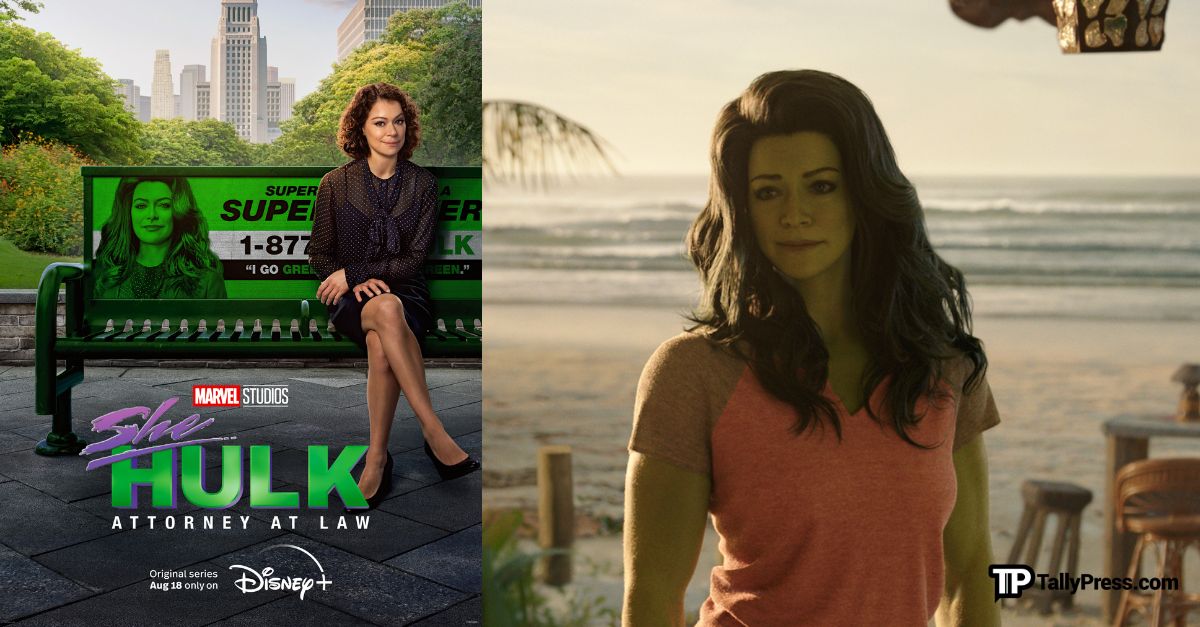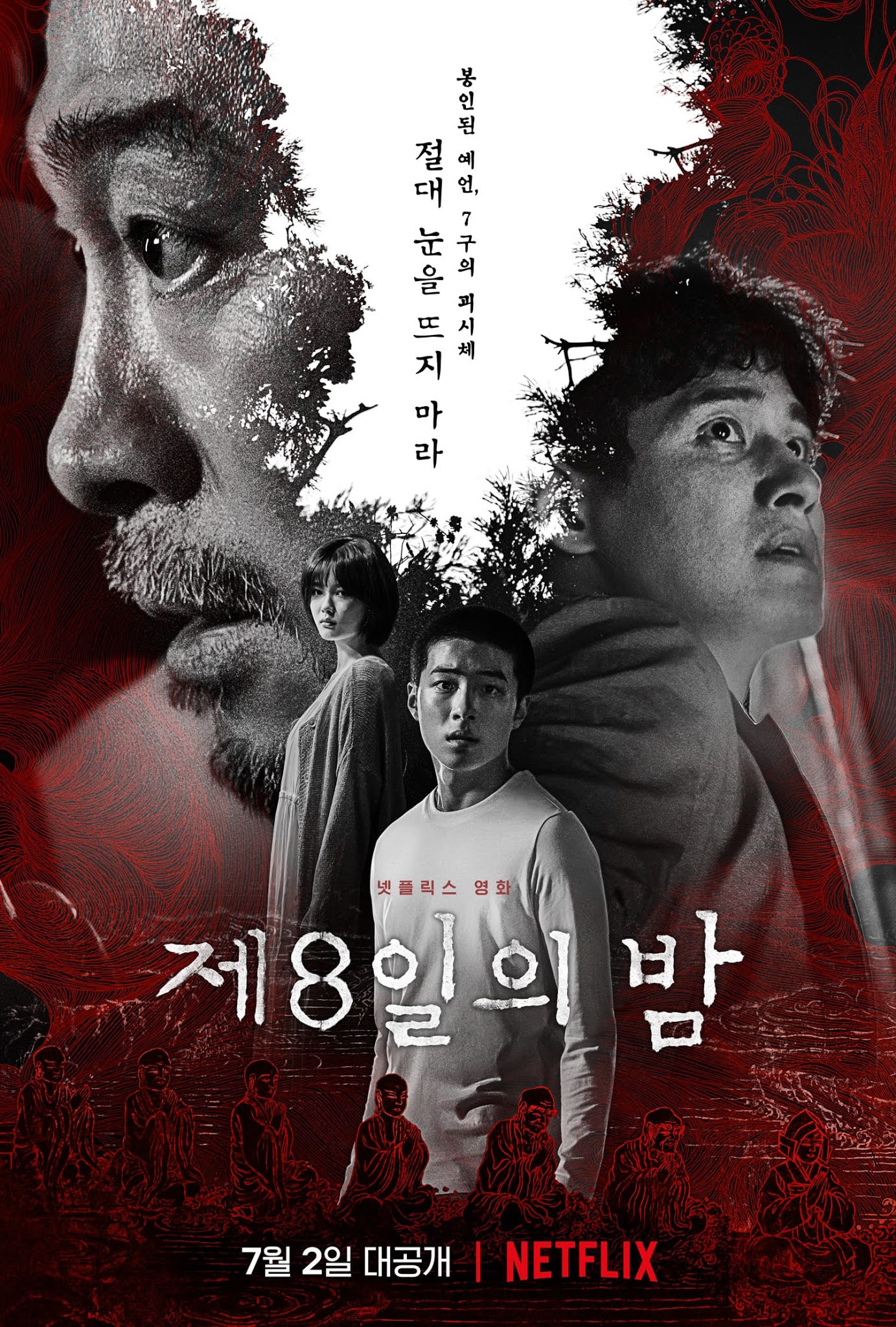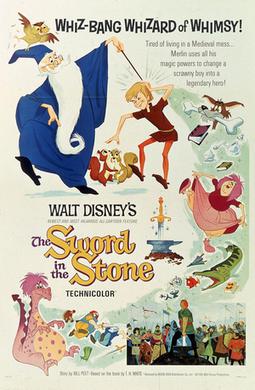"She-Hulk: Attorney at Law" is a Marvel Studios television series that blends legal drama with superhero action, offering a fresh perspective within the expansive Marvel Cinematic Universe (MCU). Released in 2022, the show centers around Jennifer Walters, a talented attorney who unexpectedly gains superhuman abilities similar to her cousin, Bruce Banner. Combining humor, legal intrigue, and superhero elements, the series aims to explore themes of identity, empowerment, and the challenges of balancing a normal life with extraordinary powers. As part of Marvel’s ongoing efforts to diversify its storytelling, "She-Hulk" introduces a strong female protagonist navigating both personal and professional hurdles while confronting supervillains and societal expectations alike. The series has garnered attention for its unique tone, innovative visual style, and its meta-commentary on superhero media. Overall, "She-Hulk: Attorney at Law" stands out as a distinctive addition to the Marvel TV catalog, expanding the universe with a blend of comedy and courtroom drama.
Main Characters and Their Roles in the Show
The central figure of the series is Jennifer Walters, portrayed by Tatiana Maslany. Jennifer is a skilled lawyer who specializes in superhuman-related legal cases, and her transformation into She-Hulk occurs after a blood transfusion from her cousin Bruce Banner, the Hulk. Her character is depicted as witty, confident, and relatable, navigating the complexities of her new identity while maintaining her professional integrity. Bruce Banner, played by Mark Ruffalo, makes recurring appearances, providing guidance and comic relief, while also exploring the scientific and emotional aspects of gamma radiation.
Another key character is Emil Blonsky, aka Abomination, who appears in a sympathetic light, reflecting the series’ nuanced approach to villainous characters. The show also features supporting characters such as Nikki Ramos, Jennifer’s best friend and legal colleague, and Mallory Book, a fellow attorney and mentor figure. These characters contribute to the series’ mix of humor, drama, and legal procedural elements. Additionally, the series introduces various minor characters, clients, and antagonists who challenge Jennifer both professionally and personally. The diverse cast helps flesh out the series’ themes of friendship, identity, and societal perception.
The series also includes a range of comedic and meta-characters, such as the voiceover narrator, who often breaks the fourth wall, adding a layer of self-awareness. This narrative device allows the show to comment on superhero tropes and audience expectations. The characters’ interactions often highlight the contrast between Jennifer’s everyday life and her superhero persona, emphasizing themes of self-acceptance and resilience. Overall, the cast is crafted to balance superhero action with legal comedy, creating a dynamic ensemble that enriches the storytelling.
Supporting characters from the broader Marvel universe occasionally make appearances, adding depth and continuity to the series. These include characters like Wong, played by Benedict Wong, who provides mystical assistance and comic moments. The diverse character roster ensures that "She-Hulk" remains engaging and multidimensional, offering viewers a mix of courtroom drama, superhero battles, and character-driven stories. The show’s focus on strong, complex female characters also marks a significant step in Marvel’s representation efforts.
Plot Summary and Key Storylines Explored
"She-Hulk: Attorney at Law" follows Jennifer Walters as she grapples with her newfound powers while establishing herself as a successful lawyer specializing in superhuman legal cases. The series kicks off with her accidental transformation into She-Hulk after a traumatic incident involving a blood transfusion from Bruce Banner. The narrative explores her struggle to accept her new identity and the societal reactions to her transformation. Throughout the series, Jennifer takes on various legal cases involving superpowered clients, which serve as both procedural elements and commentary on the superhero genre.
A major storyline revolves around her personal journey of self-acceptance and balancing her superhero life with her legal career. The show delves into her relationships, including her bond with her cousin Bruce, her friendships, and romantic interests. The series also addresses themes of societal discrimination, gender dynamics, and the challenges faced by women in both the legal profession and the superhero world. The plotlines often incorporate humorous meta-commentary, poking fun at superhero clichés and Marvel’s own franchise conventions.
One of the key arcs involves Emil Blonsky, the Abomination, who seeks redemption and a new life outside of villainy. Their interactions explore themes of forgiveness and moral complexity, challenging traditional villain-hero dichotomies. The series also features episodes that parody popular TV tropes, such as courtroom dramas and superhero origin stories, adding a layer of self-awareness. As the season progresses, Jennifer faces increasingly complex legal and personal dilemmas, culminating in a climax that tests her resolve and identity.
Additional storylines include Jennifer’s handling of a rogue superhuman, her encounters with a mysterious antagonist, and her navigation of the media’s portrayal of her as both a hero and a celebrity. The series balances these plots with comedic moments and social commentary, making it both entertaining and thought-provoking. Overall, the narrative emphasizes themes of empowerment, authenticity, and the importance of embracing one’s true self amid external pressures.
Visual Style and Special Effects in the Series
"She-Hulk: Attorney at Law" features a distinctive visual style that combines traditional sitcom aesthetics with vibrant superhero visuals. The series employs bright, bold color palettes and clean, comic-inspired framing to evoke the feel of a comic book while maintaining cinematic quality. The use of visual effects is particularly notable in scenes where Jennifer transforms into She-Hulk, showcasing seamless CGI that balances realism with stylization. The character’s green skin and muscular form are rendered with attention to detail, ensuring a convincing yet playful appearance.
In addition to the superhero effects, the series emphasizes practical effects and creative cinematography to create a lighthearted tone. The use of visual humor, such as exaggerated reactions and meta-commentary through on-screen text, enhances the comedic aspect of the show. The series also integrates visual effects into courtroom scenes and everyday settings, maintaining consistency across different environments. The CGI work is complemented by clever editing and framing choices, which help blend the superhero elements with the sitcom format.
The special effects team employed innovative techniques to make She-Hulk’s transformations and powers visually appealing without overshadowing the human elements. The show often uses visual cues to emphasize Jennifer’s emotional states, such as color grading shifts and dynamic camera angles. The series also incorporates pop-culture references and visual Easter eggs, appealing to Marvel fans and casual viewers alike. Overall, the visual effects serve both storytelling and aesthetic purposes, reinforcing the show’s unique blend of humor and superhero action.
The series’ visual style also includes creative use of digital backgrounds and practical sets, which contribute to its comic book-inspired look. The contrast between the sleek, high-tech legal offices and the colorful superhero scenes highlights the duality of Jennifer’s life. The visual effects are carefully integrated to ensure that the tone remains light and accessible, avoiding overly dark or gritty aesthetics often associated with traditional superhero media. This approach helps make "She-Hulk" visually distinctive within the MCU landscape.
Character Development and Audience Reception
Throughout its episodes, "She-Hulk: Attorney at Law" offers significant character development for Jennifer Walters, transforming her from a competent lawyer into a confident superhero who embraces her identity. The series explores her vulnerabilities, insecurities, and aspirations, allowing viewers to connect with her on a personal level. Tatiana Maslany’s portrayal brings depth and humor to Jennifer, capturing her wit and resilience amid challenges. Her evolution is marked by moments of self-discovery, acceptance, and empowerment, resonating strongly with audiences.
Supporting characters also experience growth, particularly Bruce Banner, who grapples with his own identity as the Hulk and his role as a mentor. The series portrays their relationship as both humorous and heartfelt, emphasizing themes of family and mentorship. Nikki Ramos and Mallory Book develop as independent professionals with their own arcs, adding layers to the narrative. The show’s character-driven approach fosters emotional investment and highlights the importance of friendship, authenticity, and perseverance.
Audience reception to the series has been mixed but generally positive, with many praising its humor, innovative storytelling, and feminist themes. Fans appreciated the meta-humor and self-awareness, which set it apart from other Marvel productions. Some critics, however, expressed concerns about tonal inconsistencies or felt that the series prioritized comedy over plot development. Nonetheless, the show’s representation of a strong female superhero and its fresh approach to the MCU’s storytelling have been widely appreciated.
Viewer feedback also highlighted Maslany’s charismatic performance and the series’ engaging writing. The portrayal of Jennifer as a relatable, multi-dimensional character has been lauded as a significant step forward for Marvel’s representation efforts. The series has sparked discussions about gender roles, societal expectations, and the portrayal of women in superhero media. Overall, "She-Hulk" has fostered a dedicated fanbase and generated buzz for its unique tone and character-centric storytelling.
Connection to the Marvel Cinematic Universe
"She-Hulk: Attorney at Law" is intrinsically connected to the broader Marvel Cinematic Universe, serving as both a standalone series and part of the larger narrative landscape. The show references key MCU events and characters, such as Bruce Banner’s ongoing Hulk research and his prior appearances in films like "Avengers: Endgame" and "Shang-Chi." These connections help situate Jennifer Walters within the MCU’s continuity, providing context for her transformation and her interactions with other heroes.
The series also introduces elements that may influence future Marvel projects, such as the exploration of superhuman legal issues and the societal impact of superheroes. The inclusion of Wong, played by Benedict Wong, ties the series to the mystical side of the MCU, hinting at broader crossovers and storylines. Additionally, the show’s meta-commentary and self-awareness reflect Marvel’s evolving approach to storytelling, blending traditional superhero tropes with humor and social commentary.
"She-Hulk" paves the way for potential appearances of its characters in upcoming Marvel films and series. It also expands the MCU’s diversity by emphasizing female-led narratives and addressing contemporary social issues. The series’ tone and themes complement other Marvel



